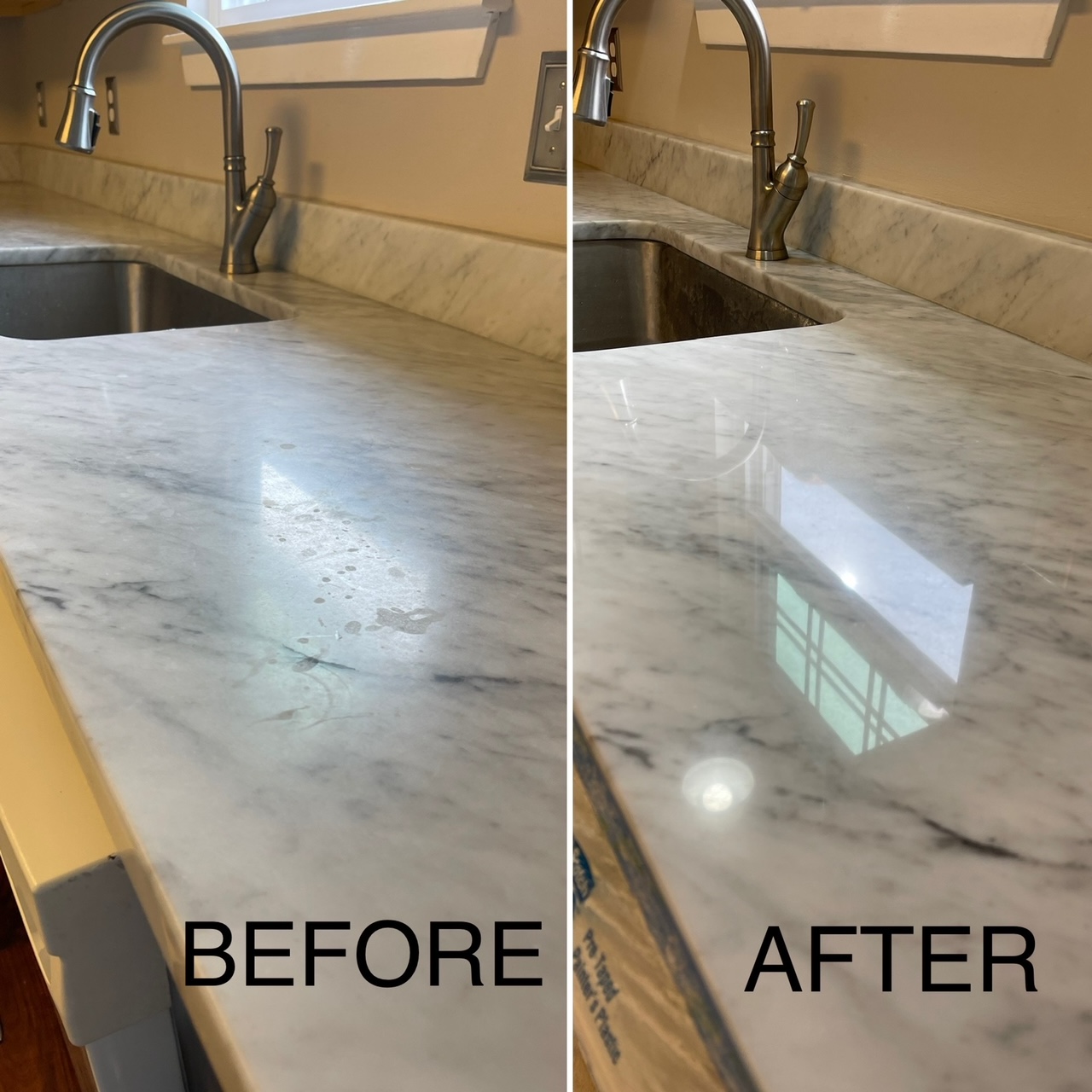Restoring stone surfaces is both an craft and the discipline, combining classical techniques and modern approaches to infuse fresh vitality within historic materials. Whether Hop over to this website are working on a weathered stone facade of an ancient building or looking to rejuvenate a beloved garden walkway, comprehending the heritage techniques of stone restoration can greatly impact the outcome. These timeless techniques have been passed along through generations, highlighting the importance of craftsmanship and regard for the substances used.
In the ultimate manual to rock refurbishment, we will examine ways to tackle your endeavor with attention and knowledge. Starting with identifying the right restoration methods to being aware of the right time it’s necessary to call in experts, we aim to provide insights that can help you steer clear of common mistakes. Come us as we explore the realm of rock refurbishment, exploring essential advice, successful upkeep strategies, and the way these practices aid to protecting our architectural history.

Typical Oversights in Stone Refurbishment
One of the most common errors in rock restoration is utilizing the inappropriate cleaning approaches. Many householders may turn to harsh cleaning agents or rough tools, believing they will efficiently remove grime and marks. However, these methods can cause lasting harm to the rock, eroding its innate beauty and quality. It is crucial to utilize balanced cleaners specifically created for rock materials and to use mild scrubbing techniques to prevent marking the surface.
Another common mistake occurs when people try to perform DIY restoration without proper knowledge or skill. While the web provides a plethora of data, not all materials are trustworthy. Trying complex methods, such as renewing or fixing large cracks without specialized guidance, can lead to more serious harm and increased costs down the line. Seeking professional guidance or hiring a trained professional can ensure that the refurbishment is done correctly and effectively.
Finally, overlooking proper maintenance after refurbishment is a major mistake that many make. Once stone surfaces are repaired, they demand ongoing care to preserve their look and longevity. Failing to put on appropriate coatings or not adhering to regular upkeep practices can lead to worsening and the requirement for further repairs sooner than foreseen. Establishing a routine upkeep schedule is important to enhance the durability and appearance of refurbished stone surfaces.
Best Materials for Restoring Historic Homes
When it comes to rehabilitating heritage homes, choosing the appropriate elements is crucial to preserving authenticity and longevity. Natural stone is often the favored choice for its timeless appeal and stability. Elements such as granite, limestone, and limestone not only fit well with the historical context but also provide durability when well-maintained. These stones have withstood the test of time and can withstand varying weather conditions, making them perfect for restoration projects.
In addition to stone, the application of classical mortar is crucial for fixing and restoring brick work. Lime mortar, in particularity, is preferred in many historic restorations because it allows for flexibility and breathability, helping to prevent moisture damage within the structure. Its harmony with older building techniques ensures that restorations maintain the building’s original character while ensuring integrity.
Finally, adding reclaimed materials is a popular practice that adds authenticity to restoration projects. Whether it's repurposed bricks, timber, or metal fixtures, these materials not only provide a unique aesthetic but also promote eco-friendliness. Using reclaimed materials supports environmental protection while preserving the historic significance of the home, creating a seamless connection to the past.
Do-It-Yourself vs. Professional Stone Restoration
When considering stone restoration, many homeowners face the decision of whether to approach the project themselves or engage a professional. DIY restoration can be desirable due to possible cost savings and the satisfaction of personal achievement. A variety of resources, including online tutorials and local workshops, offer guidance on fundamental techniques, from washing to small repairs. However, it's important to understand that stone restoration often requires a detailed understanding of the material, including the appropriate tools and products that are fit for particular stone types.
On the other hand, expert stone restoration services bring knowledge and know-how to the process. Skilled restorers understand the intricacies of different stone materials and have the ability to use advanced tools and techniques that can achieve higher results. They can examine the condition of the stone and identify underlying issues that a DIY approach might miss. Additionally, professionals are acquainted with historical restoration practices, which can be vital for preserving the integrity of antique or historic stones.
Ultimately, the decision between DIY and expert restoration depends on multiple factors, including the level of damage, the specific requirements of the stone surface, and the homeowner's skill level. While a few small projects might be doable for a enthusiastic DIY enthusiast, significant restoration work often benefits from the attention to detail and knowledge of professional experts. Weighing cost, quality, and personal capability will guide homeowners in making the most suitable choice for their stone restoration needs.
